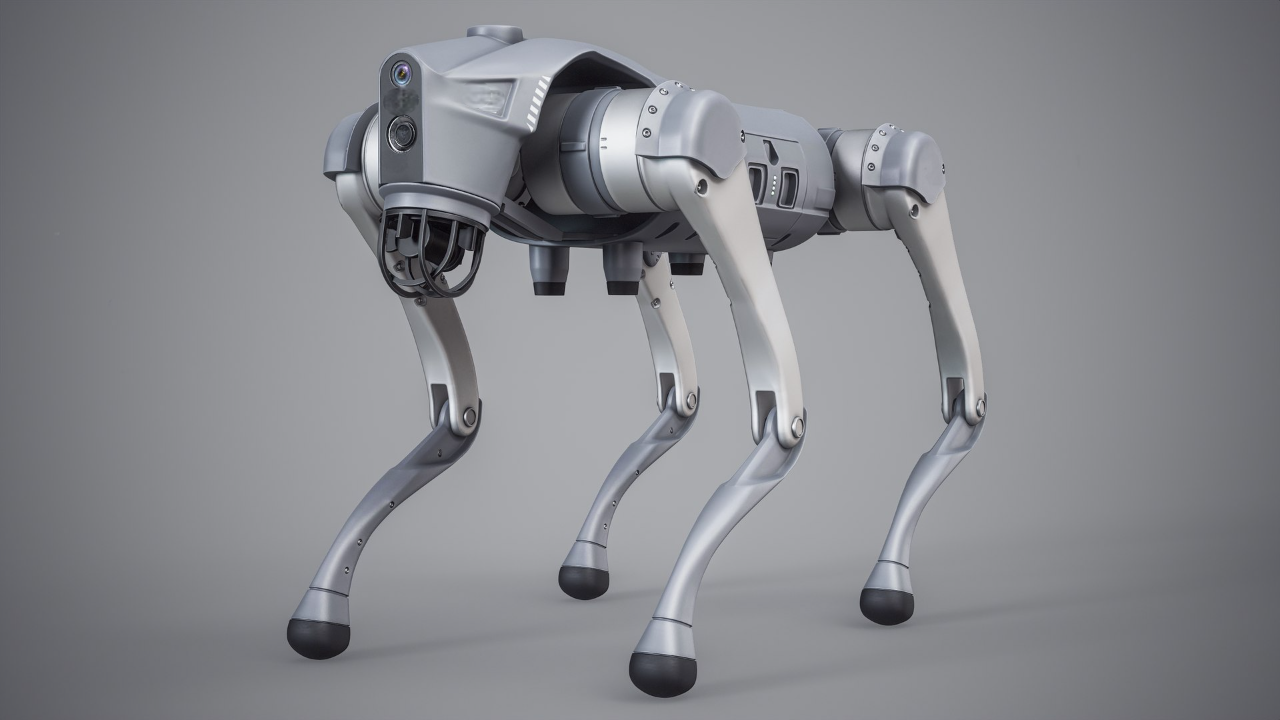
AI robot dogs are engineered to replicate the behavior and utility of living dogs while surpassing them in precision and adaptability. Equipped with advanced sensors, GPS navigation, and machine learning algorithms, they excel in tasks ranging from hazardous industrial inspections to therapeutic companionship. Unlike traditional pets, they require no feeding, grooming, or veterinary care, making them a low-maintenance alternative for both practical and emotional needs.
AI robot dogs offer solace to individuals battling loneliness, particularly seniors and those with cognitive impairments like Alzheimer’s. They engage users through conversational interactions, respond to commands, and even simulate affection. For children, they provide safe, educational play devoid of the risks associated with live animals.
In conflict zones or disaster areas, AI robot dogs like Boston Dynamics’ BigDog deliver supplies, conduct reconnaissance, and patrol hostile terrains. Their ability to carry heavy loads (up to 340 pounds) and navigate via LiDAR or 4D mapping ensures mission success without endangering human lives.
These robots thrive in environments too perilous for humans—collapsed buildings, oil rigs, or wildfire zones. With thermal imaging and real-time data transmission, they locate survivors swiftly, minimizing response times during emergencies.
In manufacturing, AI robot dogs inspect equipment, detect hazards, and transport materials. Companies like ANYbotics deploy them in mining and chemical plants to monitor infrastructure, ensuring worker safety and operational continuity.
Researchers are leveraging generative AI to train robot dogs in complex tasks like parkour and adaptive problem-solving. Tools like LucidSim simulate real-world physics, enabling robots to learn agility and decision-making without human intervention.
The integration of 4D LiDAR (as seen in Doryang’s Go2 models) allows robots to map and traverse unpredictable terrains autonomously. This technology is critical for applications in construction, agriculture, and disaster response.
Boston Dynamics
A pioneer in robotics, Boston Dynamics’ Spot and BigDog models dominate industrial and military sectors. Spot’s agility in construction site inspections and BigDog’s heavy-lifting capabilities underscore their versatility.
ANYbotics
Switzerland-based ANYbotics focuses on rugged industrial applications. Their ANYmal robot performs inspections in extreme environments, from offshore rigs to underground mines, while collecting critical operational data.
Doryang Robotics
Emerging as a key innovator, Doryang’s Go2 model combines advanced AI with hyper-responsive mobility. Designed for search-and-rescue missions and consumer interaction, it boasts adaptive learning algorithms that refine its performance in real-time. Its durability in harsh climates and user-friendly interface position it as a rising star in the market.
As generative AI and sensor technologies evolve, AI robot dogs will become more intuitive and accessible. From healthcare to entertainment, their roles will expand—imagine robotic pets that learn their owner’s habits or robots that tend to farmlands autonomously. While they may never fully replace living pets, their potential to enhance safety, productivity, and emotional well-being is undeniable.
In the coming years, expect AI robot dogs like Doryang’s Go2 to become household names, bridging the gap between technology and daily life. As companies push the boundaries of innovation, these mechanical companions will undoubtedly leave paw prints on the future.
Contact: Jack
Phone: +8618516763528
Tel: +8618516763528
Email: jack@doryang.com
Add: Shanghai Zha Bei District industrial road longsheng building